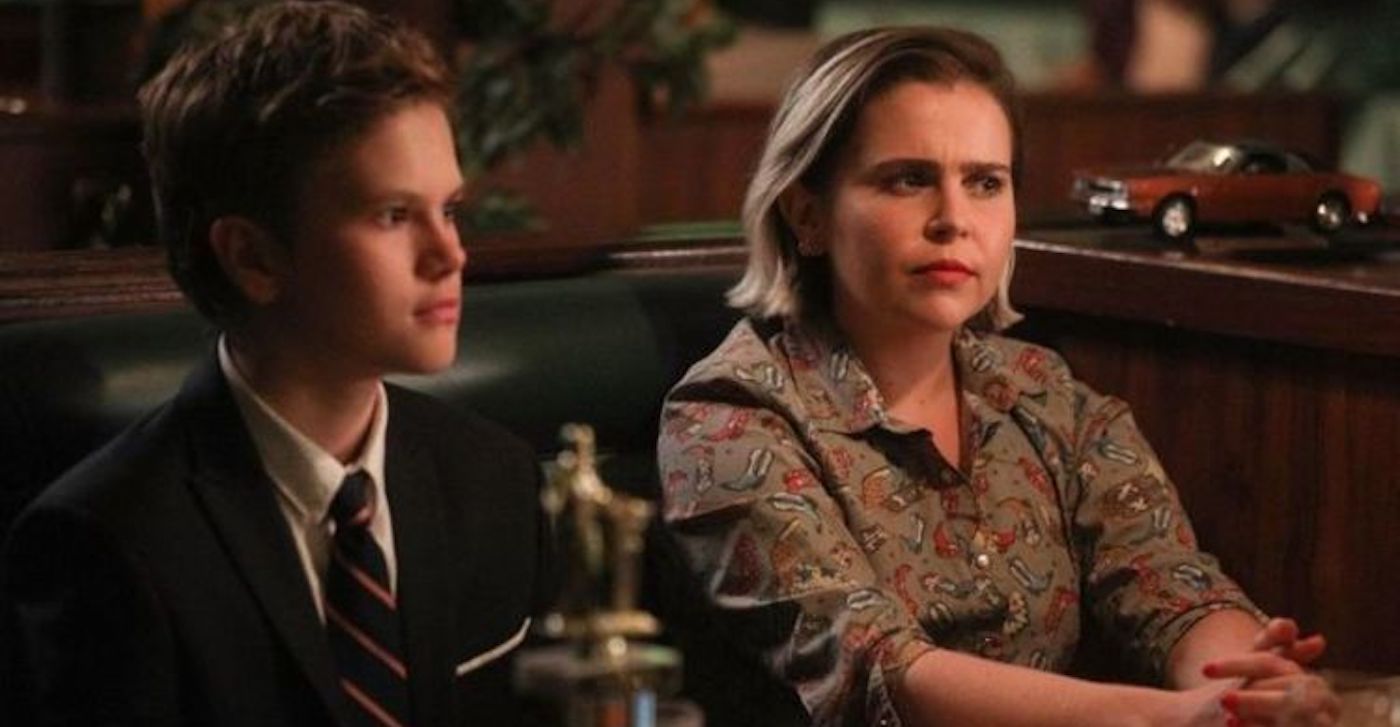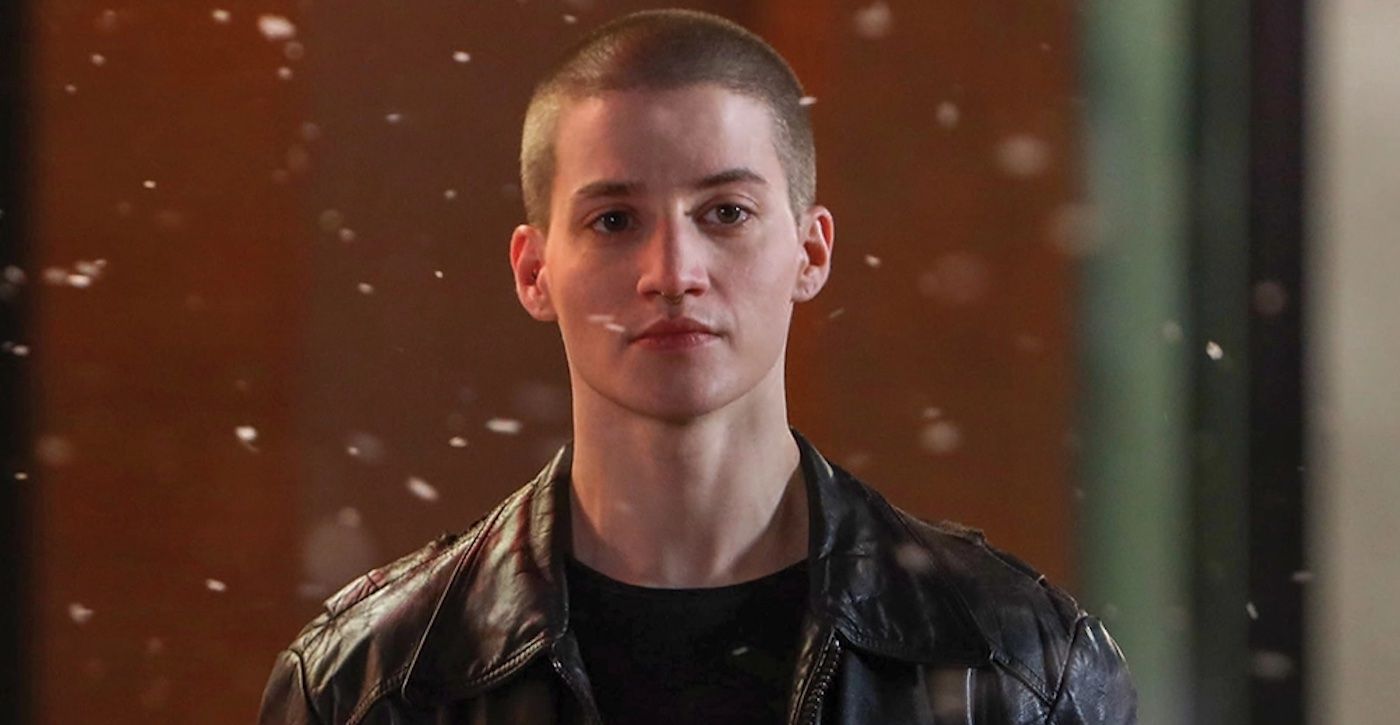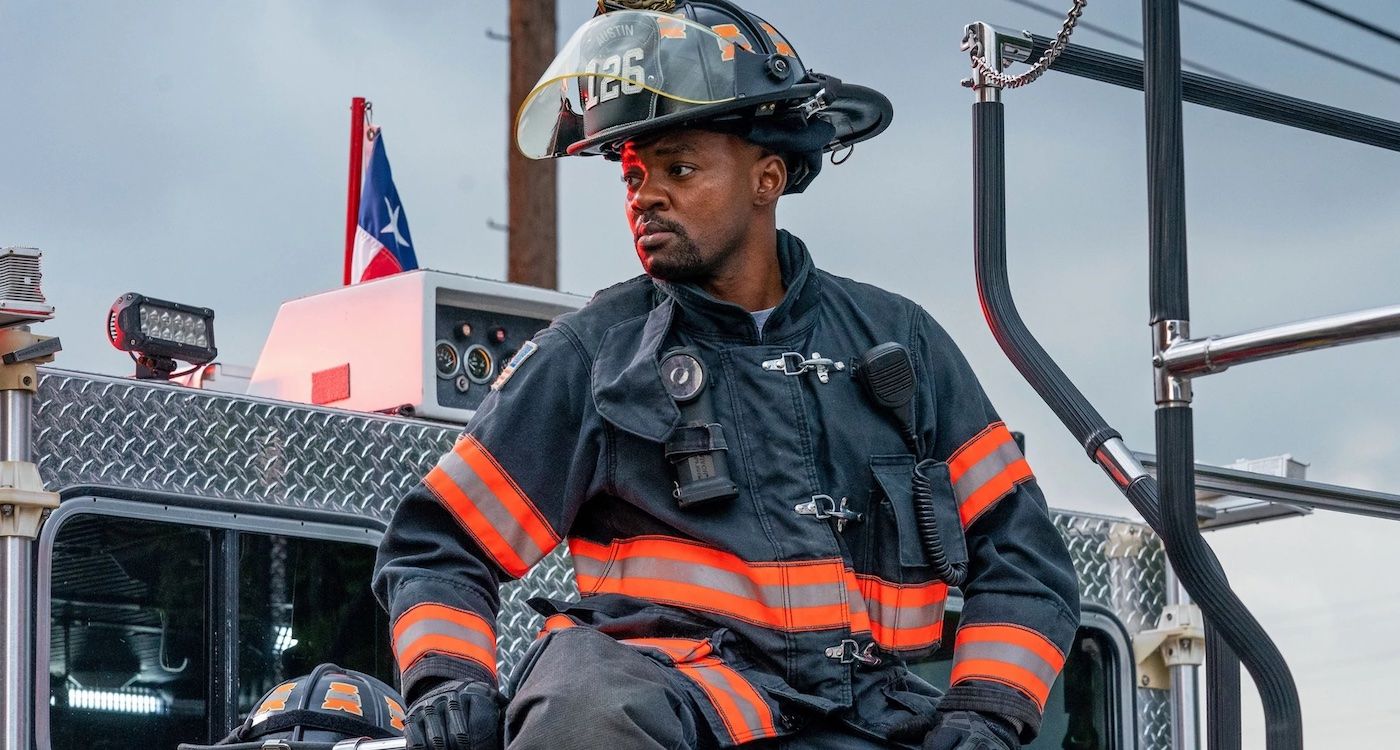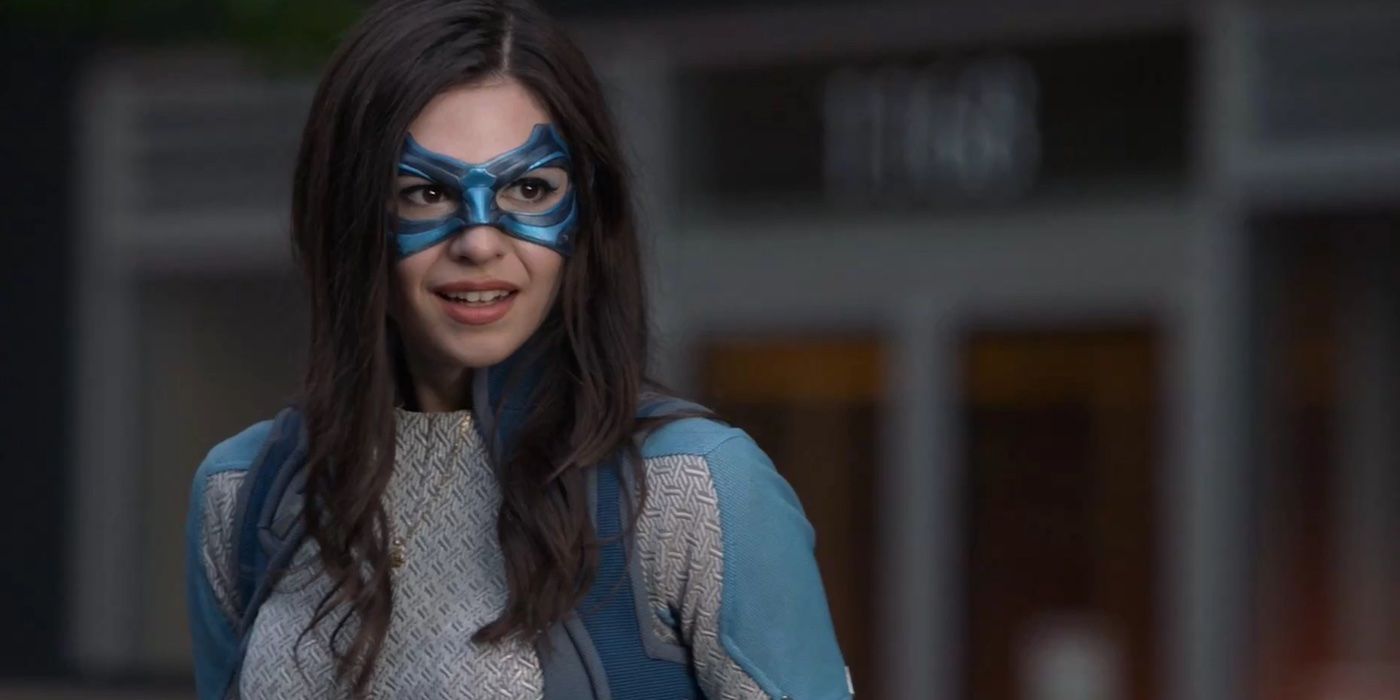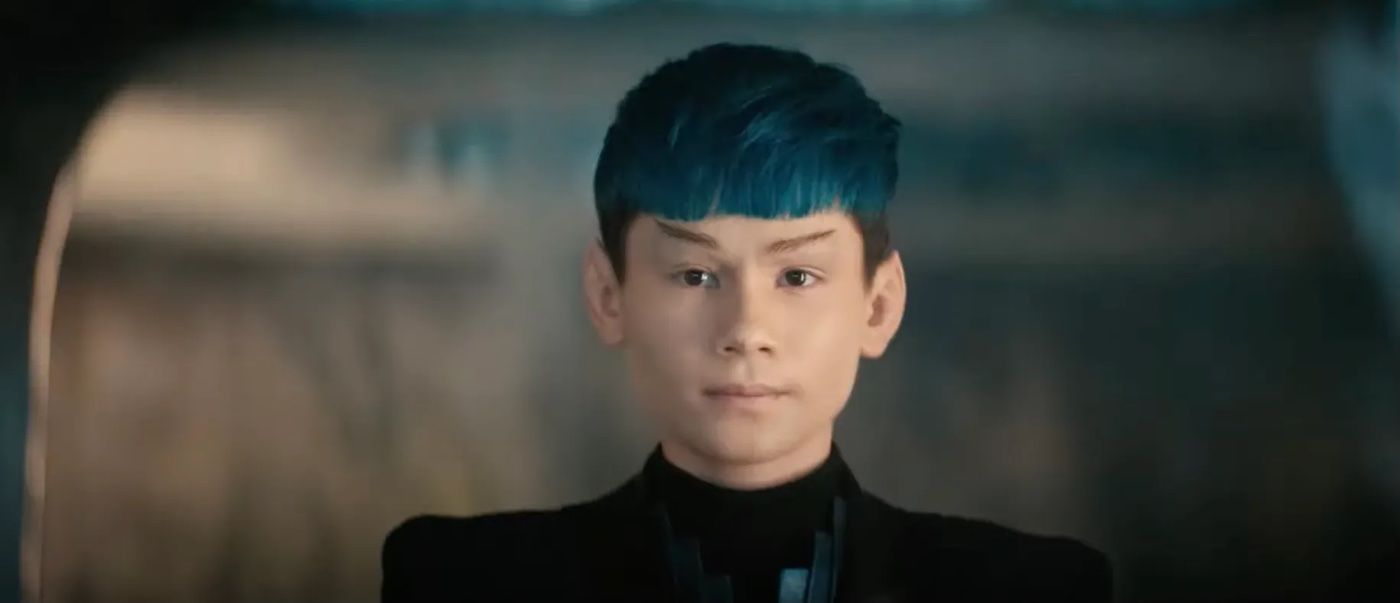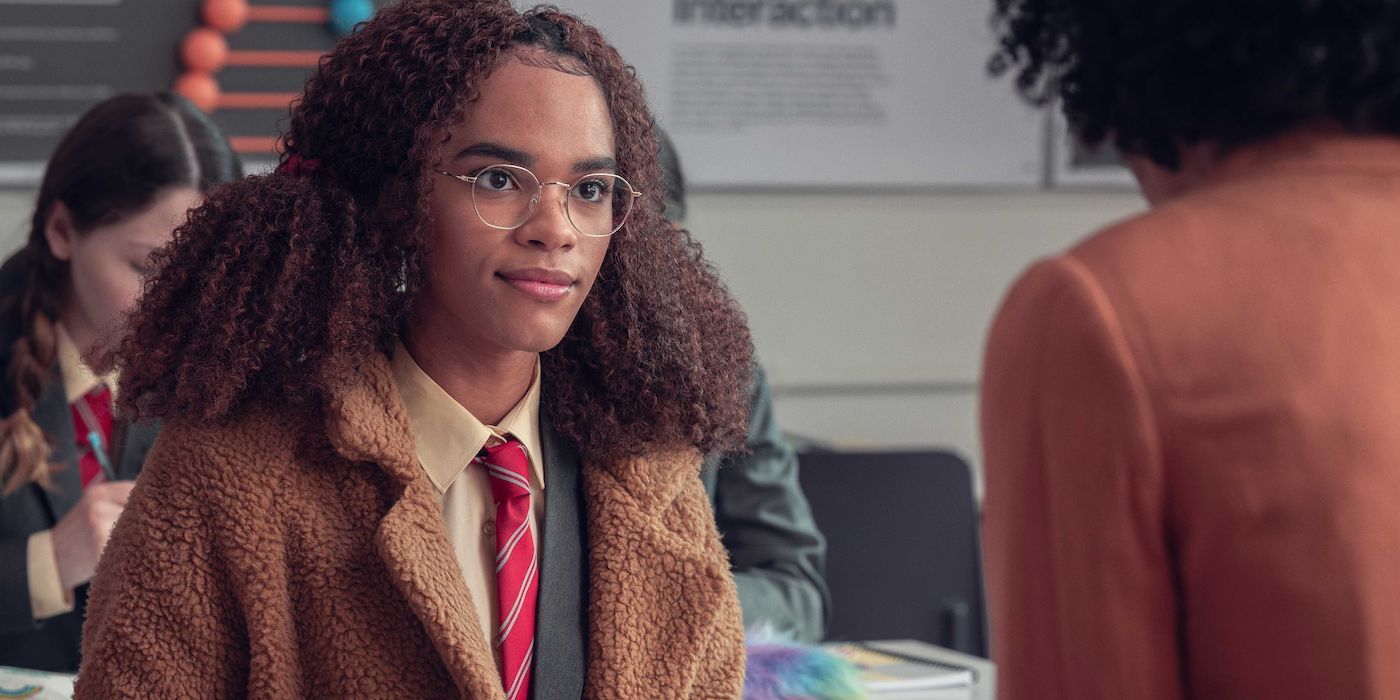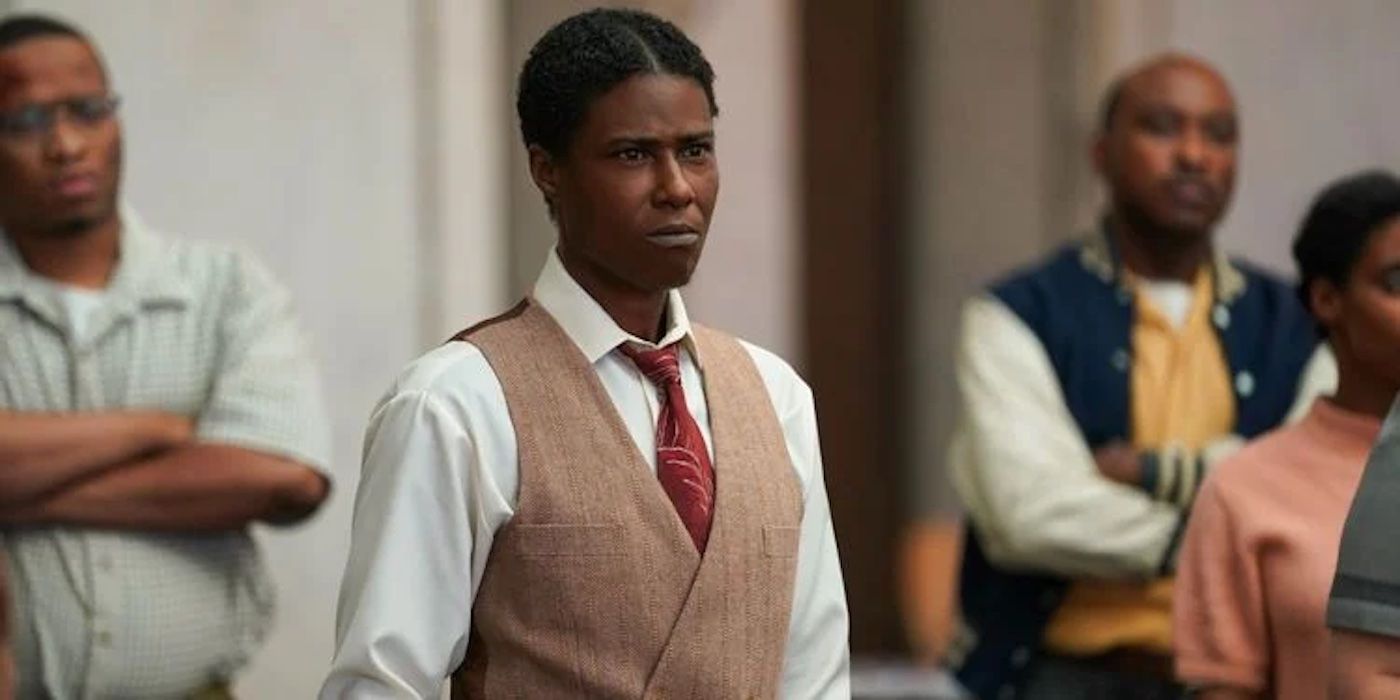This year has been particularly difficult for trans people. Roughly 300 bills introduced across 36 states seek to curtail the rights of trans people to obtain medical care, play sports, access public restrooms and other sex-segregated facilities, update birth certificates, and exist in public schools. This Pride month, the best resistance we can mount to this wave of transphobia is to celebrate trans stories.
Television as a medium for trans representation has not always done the community justice, leaning into harmful stereotypes of trans people as either predators or victims. Luckily, representation of trans characters has improved with time. Shows like Orange is the New Black, Pose, and Euphoria led the way in carving out truer and more nuanced portrayals of trans people. Here are nine other examples of trans representation on television–played by trans people–to celebrate trans lives this Pride month:
Ben Marks in Good Girls
Ben (Isaiah Stannard) is a secondary character in the NBC show Good Girls. He plays the son of Annie (Mae Whitman), one of the show’s protagonists. This character was not originally intended to be trans. First, the showrunners sought to cast a son named Ben but eventually opened the role to actors of all genders. As Stannard became more aware of his identity and came out as trans himself, showrunner Jenna Bans decided to make his on-screen character trans as well.
Isaiah was eleven years old when he began his transition on and off-screen, making Ben one of the youngest trans characters on television. Across the show's last three seasons, Ben’s development normalizes trans lives for mainstream audiences without giving in to harmful trauma-laden tropes. When Ben comes out to his mom in season 2, there is never a question about whether Annie will accept him. She is extremely supportive and so is Ben's dad, Gregg (Zach Gilford). Ben’s medical transition is an effective counterargument to fear-mongering about transgender children in the media: it is age-appropriate, it is supported, and it is in no way coerced. Stannard brings nuance and authenticity to the character. The show is not about Ben’s gender and his transition is rarely more than a tertiary plot element, making this an excellent example of regular life as a trans teenager
Chris in Work in Progress
Work in Progress, a dark comedy created by and starring Abby McEnany, begins with a depressed Abby receiving a jar of 180 almonds from a coworker. She tells her therapist that she intends to throw one almond away each day and if she doesn’t feel better after the last one is gone, she will kill herself. Soon after, she meets Chris (Theo Germaine), a trans man. The two exchange numbers and begin a romantic relationship, unlike any Abby has ever had before. The show is a sympathetic depiction of how cisgender people can sometimes struggle to understand and relate to trans life as Abby struggles to rewrite her gender scripts while remaining respectful to her new partner. She is not always successful.
Work in Progress is not about Chris’s transition, but his being trans is often central to the show’s story arc. While Chris’s existence as a trans person is not trauma-free, the beauty of the character is a model for healthy boundaries, both for trans people to hold to protect their own peace and for the cis people in their lives to understand how to respect those boundaries. The showrunners made some choices in their depiction of Chris’s character, namely that audiences never learn his dead name, as it is bleeped like profanity any time it appears. Germaine’s depiction of Chris is complex: sweet, patient, firm, and self-assured. As a character, Chris’s storylines do a lot to bridge the generational gaps within the queer community as well as laying a foundation for mainstream awareness and understanding of trans lives.
Nomi Marks in Sense8
Sense8 is an epic created by science fiction legends Lana and Lilly Wachowski. The show follows eight individuals who discover they have become mentally and emotionally linked, able to share thoughts, memories, skills, and emotions without ever having met in the flesh. Nomi (Jamie Clayton) is one of these so-called “sensates.” Nomi’s importance as a character is solidified by the fact that she is the first sensate the show follows. In the first episode, Nomi and her girlfriend, Amanita (Freema Agyeman), attend San Francisco Pride where Nomi faces some transphobic backlash, foreshadowing the trajectory of the trans narrative in the show. Sense8 gives some background on Nomi’s gender journey and the mixed reception her transness has garnered among the people in her life. She uses the trauma from her past as fuel for her career as a blogger and hacktivist.
Nomi is a character whose story is aligned with many traditional narratives about trans-feminine life, but Clayton’s portrayal transcends stereotypes and creates a genuine, flawed depiction. Nomi was one of the first trans protagonists on television; historically, trans roles have been victims or secondary characters for the benefit of cis characters.
Luna La in Gossip Girl
Luna La (Zion Morello) is a secondary character in Joshua Safran’s reboot of Gossip Girl. Luna is Mexican-American and a student at St. Jude’s School. She is Julien Calloway's (Jordan Alexander) best friend and stylist. Luna’s transition does not impact the story at all, so much so that her being trans has never been explicitly addressed in the show. Safran confirmed in an interview that the character, like actress Zion Morello, is trans. Luna represents an often-overlooked demographic: wealthy and privileged trans people, which is itself a resistance to the popular conception of trans women of color, in particular. Luna’s friends and classmates make no issue with her being trans, which is a relief for any show set in high school.
Paul Strickland from 9-1-1 Lone Star
9-1-1 Lone Star is a spinoff of 9-1-1, a successful police procedural. The show follows the emergency services of police, fire, and ambulance in Austin, Texas. The character Paul Strickland (Brian Michael Smith) is a trans firefighter. While Strickland is a primary character, the show is not about his transition. His character’s arc is, of course, impacted by being trans, and transphobia keeps Strickland out of at least one romantic pairing when a love interest reveals she can’t “let go” of his transition. However, being trans is not the only notable thing about his character, as he is known for being incredibly observant.
Strickland’s existence on network TV is revolutionary. Trans men have long been underrepresented in art as in life and opportunities for trans men to portray hypermasculine roles are few and far between. Roles for Black trans men are even rarer still. As a firefighter in a show not known for being queer, Strickland requires that viewers decouple trans identities with gay ones as his character is heterosexual and lives a life indistinguishable in most ways from that of a cis man.
Nia Nal in Supergirl
Nia Nal (Nicole Maines), also known by her superhero persona, Dreamer, is a secondary character on CW’s Supergirl. She is the first explicitly trans character in the DC Universe. Nia’s character is a sort of sidekick to Kara/Supergirl (Melissa Benoist). In her role as Dreamer, she possesses the power to see the future in her dreams and to astral project. Astral projection is the ability to separate oneself from one’s body; it is a unique allegory for the experience of dysphoria. When combined with Nia’s super strength and durability, this power sends a message that trans people should not be forced to live in conflict with their bodies. Supergirl’s primary plot is never about Nia’s transition entirely, but the character does experience some transphobia as a plot and character-development device.
Gray Tal in Star Trek: Discovery
Star Trek: Discovery, the seventh series in the Star Trek canon, takes place before the events of the Original Series. It follows Michael Burnham (Sonequa Martin-Green) and the crew of the USS Discovery. From the beginning, the show has been the queerest in the franchise’s history, with space husbands Dr. Hugh Culber (Wilson Cruz) and Lieutenant Paul Stamets (Anthony Rapp) being integral members of the main cast. In Season 3, the cast gets even queerer with the introduction of Adira (Blu del Barrio) and Gray (Ian Alexander) Tal, a trill-human couple. Adira is nonbinary and Gray is a trans man.
The show partakes in one unfortunate trope about queer people as Gray is killed almost as soon as he is introduced. His spirit lives on through his Trill symbiont after it is paired with Adira. After some time, Dr. Culber is able to resurrect Gray by implanting the symbiont into a golem, a synthetically created body. Trills are the queerest species in Trek, as their symbionts are paired with hosts of different genders throughout their extremely long lives. Gray being trans is not explicitly addressed until Season 4, but he paves the way for Adira's growing nonbinary identity, and the relationship between them is beautiful. Alexander initially auditioned for the part of Adira; he wasn't a fit for that role, so showrunner's created the character Gray specifically for him.
Elle Argent in Heartstopper
While the majority of Heartstopper takes place at Truham School for Boys and follows the budding romance between Charlie (Joe Locke) and Nick (Kit Conner), the emotional heart of the show is Elle Argent (Yasmin Finney). At the start of the series, Elle has recently transferred to Higgs School for Girls, but still manages to care for and nurture her best friends Charlie, Tao (William Gao), and Isaac (Tobie Donovan) at Truham.
Heartstopper's central plot is never about Elle's transition. At first, that she is trans is hinted at through lateral references to the bullying she faced the previous year at Truham, both from other students and the staff. She mentions being nearly expelled for her hair length, a demonstration of transphobia without naming it outright. Most of Elle's story is a classic new girl in school trope. She is nervous and introverted, missing her friends and feeling isolated until she finds her new friends: the school's only out lesbians. It is with their support that she builds the courage to make moves on the crush she's liked for years. Finney's portrayal of Elle is sweet, and the normalcy of her story is a dream.
Andre in 4400
4400, a reboot of the early 2000s series of the same name on the CW, follows 4,400 missing persons across the United States and across time who appear inexplicably on Belle Island in Detroit with supernatural abilities. Andre (TL Thompson) is one of the 4400, a physician who went missing in 1920s Harlem, during the Great Migration. He is stealthy, passing as a cis man for the first few appearances on the show. It is not until he gets to know Noah (Theo Germaine) in the present that he gains the language to describe his experience of gender. The show allows Andre to build explicitly heterosexual romantic relationships both in the 1920s and in the 2020s with Brittany Ademola’s Shanice. Thompson’s portrayal of an early twentieth-century trans man is a potent reminder that trans people have always existed and an example of all that trans life can be.


